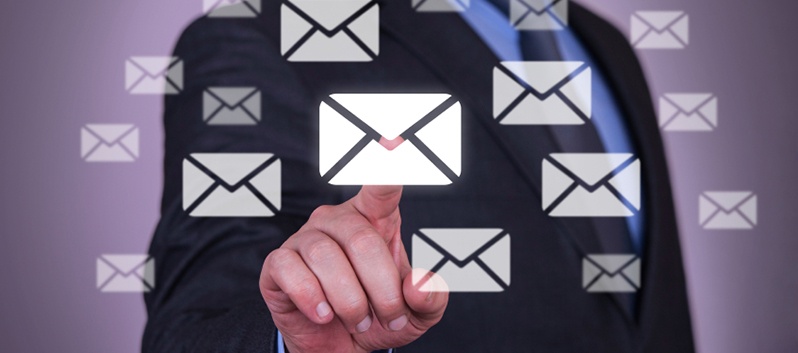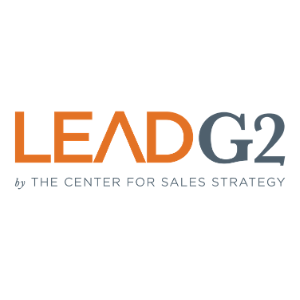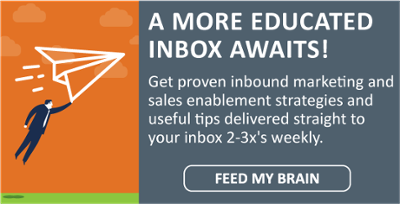
The ultimate goal of email marketing is more leads, more customers, and more dollars being spent. But sometimes it takes a few steps between hitting that “send” button and seeing these results. If you aren’t tracking what happens in-between, you’re not going to know how your campaign has performed or what to expect from your campaign in the coming months. Here are the three metrics we recommend tracking for every email campaign you send.
Contacts Lost
Let’s get the un-fun stuff out of the way first. It’s a bit depressing to see any subscriber go, but realize that not all the contacts you lose are actively avoiding you. You’ll lose contacts when emails hard bounce (and they can hard bounce for lots of reasons, including invalid email addresses or robust spam filters that trigger on many email campaigns that are sent all at once), when someone has reported your email as spam, and when someone unsubscribes. You’ll want to dig deeper into this data to see:
-
The details on how many people reported as spam — If more than a tiny percentage report as spam, it’s a real red flag that your list needs some work or your content is annoying.
-
Number of hard bounces — If you’re pretty sure your subscribers gave you legit addresses (i.e. it’s not a list gathered at a trade show where you’ve given out prizes in exchange for email addresses), then you’ll want to consider sending in smaller batches to prevent spam filters from kicking in.
-
Number of unsubscribes — Unsubscribes tell you one major thing: your people aren’t digging your content. You’ll need to do some research and work on your persona development to figure out what your audience really cares about.
Engagement Over Time
When are people opening your emails? Are they opening multiple times? What time you send emails does matter, and it can make a significant difference in your engagement rates. But there’s no one day and time that’s best for every audience. Your target market isn’t the same as the company’s next door—their workdays look different, their habits are different.
Think about it from your subscribers’ perspective. If they’ve got dozens of items on their to-do lists and a couple (or more) meetings in any given day, they’re probably not sitting in front of their inbox when your email arrives. Instead, they’re busy doing their jobs, and emails are pouring into their inboxes. When they finally have a chance to check email, yours is only one of many they have to sift through. And if they don’t have time to get through all of them, or if they’re in a hurry and are deleting all the non-essentials, you’re out of luck. Wouldn’t it be better to send your emails when your subscribers have just opened up their inboxes? And at the moment when they’re ready to spend more time giving their inboxes a more thorough look?
You’ll need to do some testing to see when people are engaging, and track the best time. You can then either send at the optimum average time, or you can use a service that allows you to send your email to each person at his or her best time.
Time Spent Viewing
You also need to know how much time your subscribers spent viewing your email. This will tell you how valuable they find your content, and if you need to make changes to what you’re sending to increase interest.
If your subscribers are opening multiple times, this metric will also tell you when the ideal time is to send. Just because someone opens your email at 8:00 am doesn’t mean he or she is reading it. People often go back to already-opened-but-unread emails later in the day if they find them interesting enough. If you are able to send at that most-ideal time, you’ll get more people who will engage.
Metrics keep you from merely guessing what actions you need to take, and give you an informed strategy to make your email marketing more effective—and, ultimately, get the results you’re looking for.
.png)







Leave a Comment